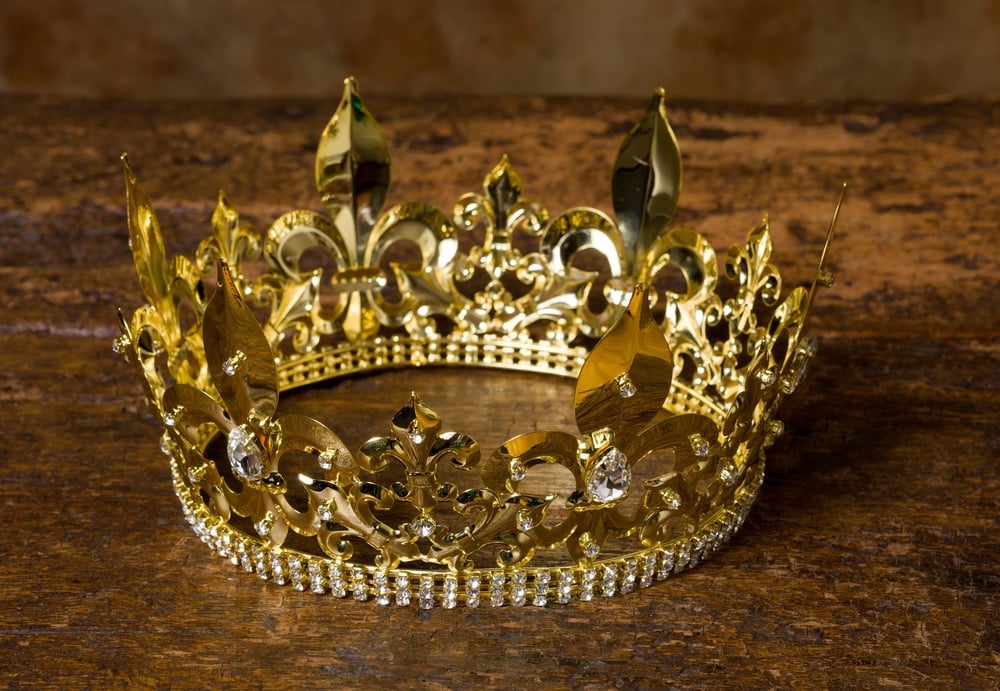Dear Father, I have always been intrigued by the feast of the Queenship of Mary on August 22 each year. In what sense is Mary a queen? Also, if possible, can you tell me when the feast was instituted?
To answer your second question first, the feast of the Queenship of Mary was instituted by Pope Pius XII in 1954 on 11 October, which at that time was the feast of the Divine Maternity of Mary.
The pope instituted the feast and explained the reason for it in an encyclical entitled Ad Caeli Reginam, “To the Queen of Heaven”.

At the beginning of the encyclical Pope Pius explains, referring no doubt to the recently concluded World War II and the communist regimes in Eastern Europe, the circumstances that led him to institute the feast: the “frightful calamities which before our very eyes have reduced flourishing cities, towns and villages to ruins”, the “many great moral evils being spread abroad in what may be described as a violent flood” and “the victory of the powers of corruption”.
In view of this situation, he says that “with confidence we have recourse to Mary our Queen, making known to her those sentiments of filial reverence which are not ours alone, but which belong to all those who glory in the name of Christian” (n. 2).
Toward the end of the encyclical he gives another reason for recourse to Our Lady as Queen, one which is exceptionally relevant to our own time: “In some countries of the world there are people who are unjustly persecuted for professing their Christian faith and who are deprived of their divine and human rights to freedom … May the powerful Queen of creation, whose radiant glance banishes storms and tempests and brings back cloudless skies, look upon these her innocent and tormented children with eyes of mercy” (n. 50).
Pope Pius asked that on the feast of the Queenship of Mary each year “the consecration of the human race to the Immaculate Heart of the Blessed Virgin Mary be renewed, cherishing the hope that through such consecration a new era may begin, joyous in Christian peace and in the triumph of religion” (n. 47).
While Pope Pius established that the feast was to be celebrated on 31 May each year, it is now celebrated on 22 August, the octave of the feast of the Assumption of Our Lady into heaven.
This day is particularly fitting, since on her entry into heaven Mary was crowned Queen of Heaven, a truth we commemorate in the fifth glorious mystery of the rosary.
Pope Pius XII dedicates a good part of the encyclical to showing how appropriate it is to refer to Mary as queen.
Starting from Scripture, where Mary’s Son Jesus “will reign over the house of Jacob forever” (Lk 1: 32), he is “Prince of Peace” (Is 9:6) and “King of Kings and Lord of Lords” (Rev 19:16), the Pope finds ample justification for referring to Mary as queen.
He goes on to consider numerous testimonies of Fathers of the Church who call Mary queen.
For example, St Andrew of Crete relates Mary’s queenship to her assumption into heaven: “Today he transports from her earthly dwelling, as Queen of the human race, his ever-Virgin Mother” (Homilia II in Dormitionem Ssmae Deiparae; n. 17).
In view of this, theologians down the ages have called the Blessed Virgin “the Queen of all creatures, the Queen of the world, and the Ruler of all” (n. 22).
Similarly the popes, as early as Pope Gregory II in the eighth century, referred to Mary as “The Queen of all, the true Mother of God”, and also “the Queen of all Christians” (Hardouin, Acta Conciliorum, IV, 234; 238; n. 23).
St Alphonsus Liguori sums up this teaching: “Because the virgin Mary was raised to such a lofty dignity as to be the mother of the King of kings, it is deservedly and by every right that the Church has honoured her with the title of Queen” (Le glone de Maria, p. I, c. I, §1 ; n. 25).
Mary’s queenship has been expressed in such ancient and modern hymns as the “Hail, Holy Queen” and “Hail, Queen of Heaven”; in the Regina Caeli, which begins “Queen of Heaven, rejoice”; and in the medieval Litany of Loreto, which invokes Mary as Queen numerous times.
In short, it is a solidly based tradition and we do well to have recourse to Mary’s powerful intercession as queen for all our needs.
